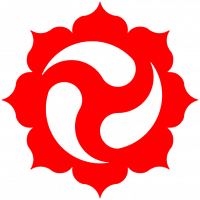In Praise of Selectivity: Syncretic Jediism
Beyond the culturally specific imagery of the particular narrative, where the mythic content is interpreted according to a more generalized symbolic meaning, religions are more adaptable. Resurrection and Reincarnation as symbols of the importance of moral action in life and the belief in a form of afterlife can be integrated beyond their specificity. A Hindu might consider Jesus as another avatar of the divine Brahman (of which there are many). The exclusivity of revealed monotheisms makes syncretism more difficult but not impossible.
Please Log in to join the conversation.
Alan: ,,Syncretism is not absorption but more like co-habitation''
Do we not all absorb at some level? Could absorption be a form/part of co-habitation?
Alan: ,,And in Japan, Shinto and Zen have integrated elements of each of these religions over the centuries.''
How can co-habitation exist without absorption? You said yourself that these co-habitation religions have parts of each other in it. How is that possible without absorption? Can it be that Syncretism needs absorption as much as co-habitation? :side:
~ Aqua
Please Log in to join the conversation.
In Jediism, the symbol of the Force as a principle of the underlying unity of reality is compatible with symbols of divine power found in monotheisms. The myth of the hero as the structure of our Jediism is very general and so can be syncretized with specific heroes from different, even several, religions.
Please Log in to join the conversation.
Alan wrote: In Jediism, the symbol of the Force as a principle of the underlying unity of reality is compatible with symbols of divine power found in monotheisms. The myth of the hero as the structure of our Jediism is very general and so can be syncretized with specific heroes from different, even several, religions.
Do we have a symbol for the force? Sure you do not mean the temple logo? :blink:
Please Log in to join the conversation.
- steamboat28
-

- Offline
- Banned
-

- Si vis pacem, para bellum.
Alan wrote: Syncretism is not absorption but more like co-habitation.
Honestly, I find syncretism to be more like discovering parts of your belief system in another faith structure. It's like you're building a house out of yellow Legos, you're own personal pile, and you begin to notice little yellow Legos in other boxes, in other piles. You recognize them, because you have them, too, and you borrow those Legos to complete your spaceship.
A.Div
IP | Apprentice | Seminary | Degree
AMA | Vlog | Meditation
Please Log in to join the conversation.
Please Log in to join the conversation.
Every sign, and symbols are a kind of sign, points to something beyond itself and stands for that something.
A symbol gathers together at one point a mass of significations which before giving rise to thought, give rise to speech.
Even when sign/symbols are perceived aspects of the cosmos (sky, sun, stars, moon) or nature (water, flora, fauna, thunder, earthquakes, rain, etc.) it is in what the phenomena symbolizes that we find meaning. The sacred is read on the world, on aspects, elements on the heavens, the sun, stars and moon, as well as waters, vegetation and fauna, meteorological phenomena: thunder, rain, earthquakes, etc.
The challenge is moving from the literal meaning to the symbolic meaning. For that we need to distinguish primary from secondary symbols.
Primary symbols describe the way things are; they detail the nature of reality; they narrate reality as we find it.
Primary symbols effectively represent the reality of human experience.
Words too are symbols, and the narrative of symbols is myth.
Myth is the narrative of the primary and secondary symbols.
Here's how it works, for example:
The Adam myth tells the story of the origin of death and the origin of our separation from the divine.
The primary symbol is exile from sacred perfection. The original archetypal humans were kicked out of the garden.
Exile, perfection and redemption are primary symbols.
The secondary symbols: the garden, the serpent, the tree, nakedness, hiding from Yhwh/God.
The Jesus myth is about redemption as the symbolic restoration of perfection that existed in the mythical Garden of Eden where humans lived in harmony with creation and Creator.
Secondary symbols represent a particular form of primary symbols: in this case, the cross that Jesus was crucified upon is the symbol for sin, sacrifice and redemption.
The secondary symbol of the cross and the meaning of redemption are found in the Gospels.
The Gospels are the narrative/myth of the Secondary and Primary Symbols.
Please Log in to join the conversation.
If we enter the principles of the force, and go into its myth and symbol, is there a specific concept that can be found back in all myth and symbols related to the principles of the force? Or do different myth and symbols show different principles of the force?
Please Log in to join the conversation.
Please Log in to join the conversation.
- Carlos.Martinez3
-

- Offline
- Master
-

- Council Member
-

- Senior Ordained Clergy Person
-

- Posts: 7986
Pastor of Temple of the Jedi Order
pastor@templeofthejediorder.org
Build, not tear down.
Nosce te ipsum / Cerca trova
Please Log in to join the conversation.
